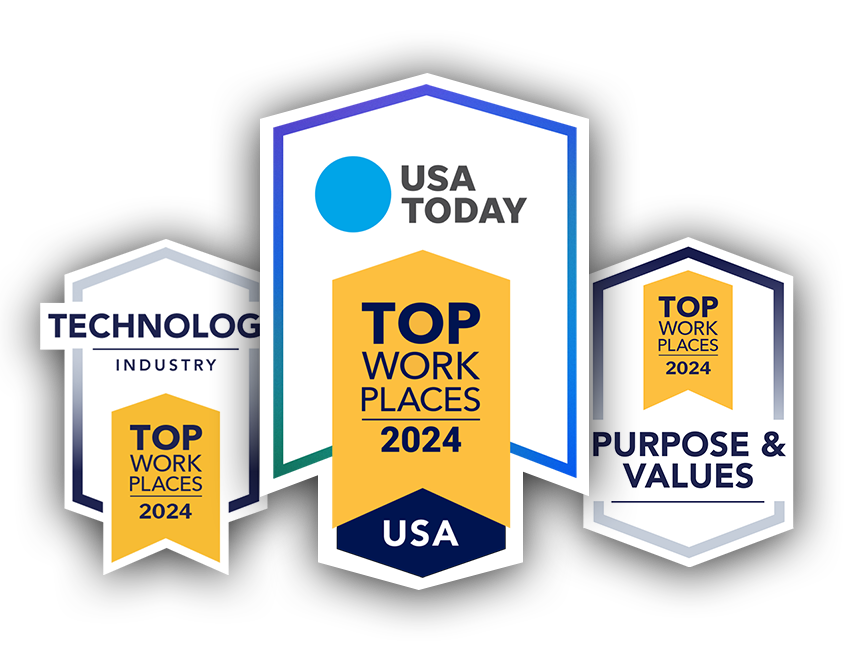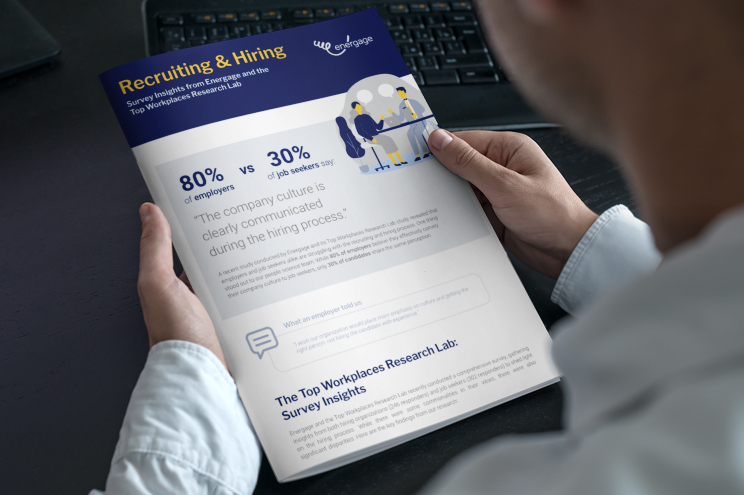At Energage, we’re transforming how organizations understand employee feedback — at scale. With potentially thousands of comments pouring from a single employee survey, it’s not always possible for leaders to spend hours at a time processing all that feedback.
That’s where our advanced genAI pipeline comes in, summarizing employee comments in a concise, easy-to-read synopsis that provides HR and company leaders with a quick and accurate understanding of their employees’ feedback.
Instead of relying on brute force — feeding everything to a giant language model — we take a smarter path. Using targeted sampling and a cutting-edge Chain-of-Density summarization technique, we deliver summaries that are dense, accurate, and cost-efficient. This approach captures key themes across all voices, even the quieter ones, while avoiding the common pitfalls of AI hallucinations and context overload.
It’s not just AI. It’s AI done right.
Smart comment summarization: Two powerful approaches
Analyzing thousands of employee comments can be overwhelming but summarizing them doesn’t have to be. Our People Science Team evaluated two standout methods for turning large amounts of feedback into meaningful insights.
Our approach: Targeted sampling + chain-of-density summarization
This approach uses a topic classifier (based on XLNet) to tag comments, then smartly samples a balanced mix from each topic, including rare ones. These samples are summarized using a Chain-of-Density (CoD) method, where an LLM creates a concise summary and iteratively refines it by pulling in more key details without increasing the length.
Why it works:
- High coverage: Even niche topics get represented.
- High density: Each word packs in more value.
- Low cost: It uses smaller, cheaper models that are ideal for scaling across many clients.
- Fewer hallucinations: The LLM must ground every detail in real content.
- Efficient: Summarizes only a small subset of the comments.
Backed by research, CoD summaries were found to be nearly as informative as human-written ones — and often preferred by readers. We’ve fine-tuned our process to two refinement stages for the best clarity and content balance.
Something to Consider: The quality of summarization depends on accurate topic tagging and smart sampling. CoD requires a bit more pipeline complexity, but the payoff in quality and cost-efficiency is worth it.
More context doesn’t always mean more accuracy
A simpler path? Use powerful LLMs like Gemini 1.5, Claude, or GPT-4o-mini that can read everything — no sampling required. Just feed in the full comment set and get a summary in one go.
It might seem like giving an LLM all the comments would prevent it from making things up but that’s not always true. This model may be easier to implement, but even with full context, large models can still introduce hallucinations or misleading generalizations. Token limits can also force breaking the input into parts, adding complexity back in.
Long inputs increase complexity: models can lose focus, infer incorrect themes, or degrade in performance due to architectural trade-offs. In fact, recent benchmarks (like SummHay) showed that top-tier LLMs struggled on long-context summarization, scoring below 20% without retrieval. By contrast, retrieval-augmented methods nearly doubled that performance — highlighting that quality wins over quantity when it comes to input.
The bottom line: Dumping everything into a model doesn’t guarantee better summaries. Smart structure and strategy — like targeted sampling or retrieval — are key to accuracy. If you want fast, cost-effective, and content-rich summaries at scale, Energage’s sampling + CoD pipeline delivers.
Benchmark your workplace today
How do employees describe your organization’s workplace culture? Find out with the Energage Workplace Survey. Schedule a free demo to see how this research-backed employee engagement survey uncovers workplace culture strengths and provides actionable insights for improvement.

